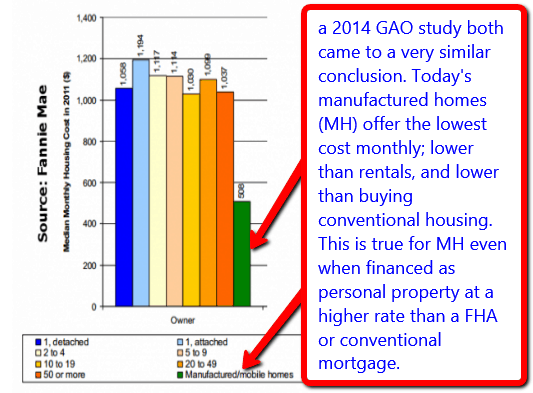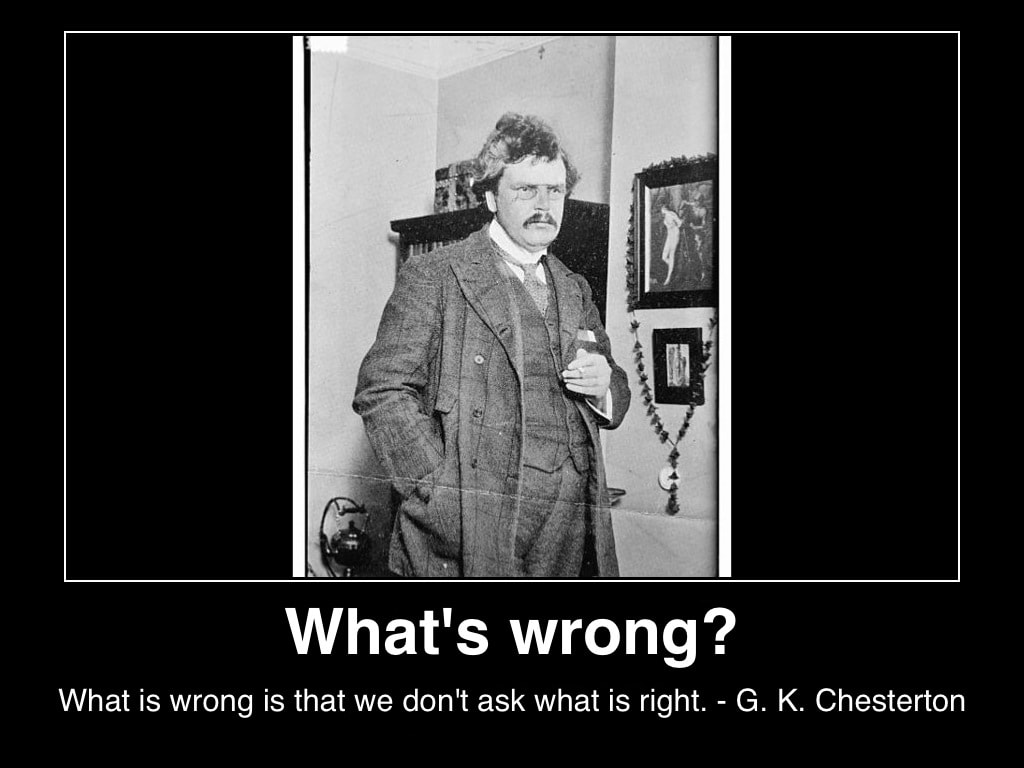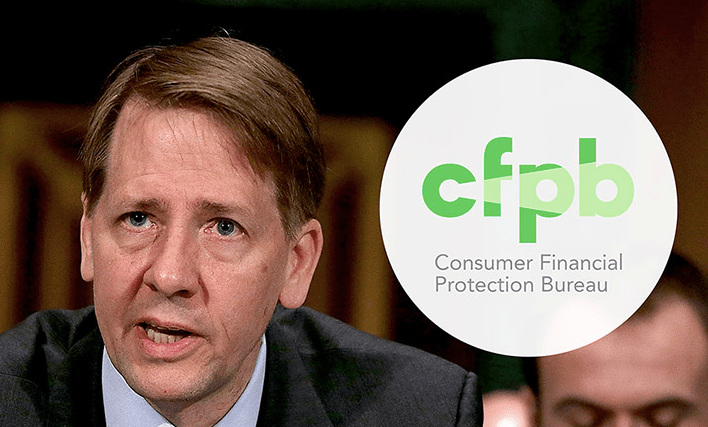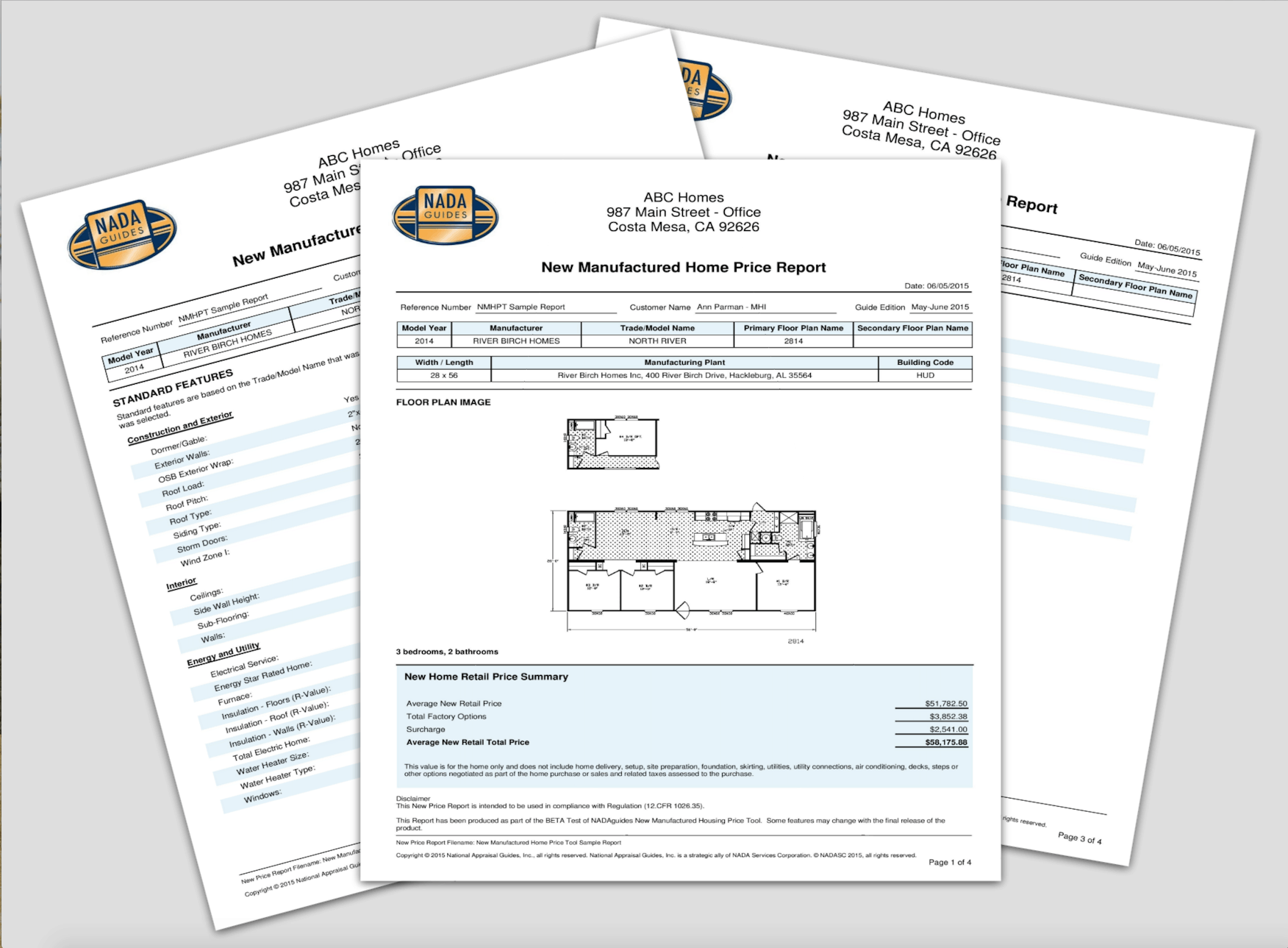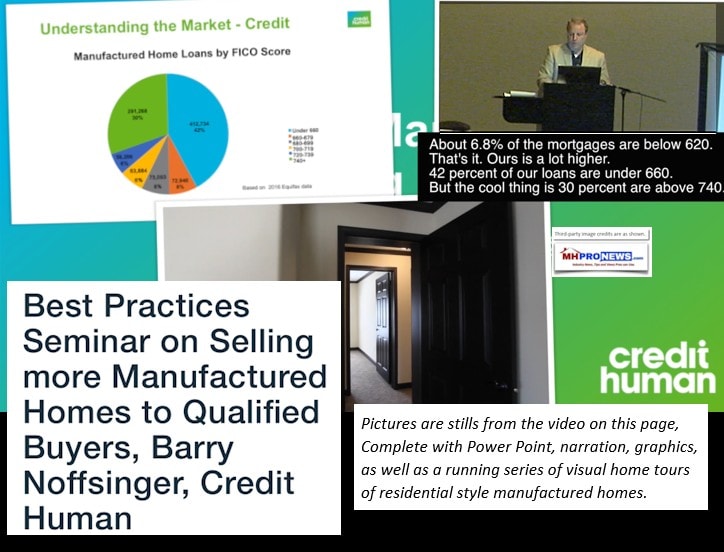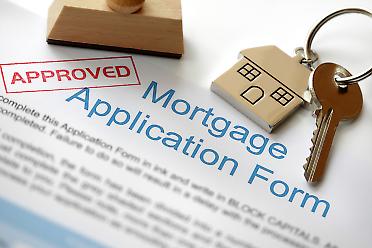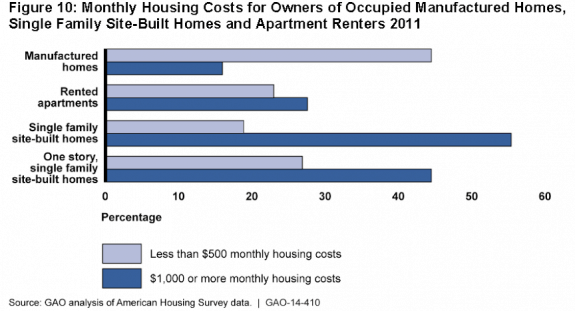 A program now in place in New York promises to begin the replacement of older mobile homes throughout the state. Moreover, a bill currently in Congress would provide incentives to replace older manufactured homes with modern energy-efficient models.
A program now in place in New York promises to begin the replacement of older mobile homes throughout the state. Moreover, a bill currently in Congress would provide incentives to replace older manufactured homes with modern energy-efficient models.
Officials in New York say the new program implemented by that state’s housing agencies will address the growing crisis of outdated, dilapidated mobile and manufactured homes located throughout Upstate New York. The replacement homes are also intended to be easier on the environment and help residents save on energy costs.
Brian Lawlor, commissioner of the Division of Housing and Community Renewal (DHCR) and President/CEO of “NYHOMES,” recently announced 10 awards totaling $5 million through the Federally-funded HOME program, that will help replace 146 substandard mobile homes with new HUD-certified ENERGY STAR Qualified manufactured homes.
More than 500,000 New Yorkers live in manufactured and mobile homes. Lawlor says the Manufactured Home Replacement Initiative (MHRI) recognizes the important role these homes play in providing affordable housing to a significant segment of this State’s residents. It also represents an effort to help some of the neediest New Yorkers; who are residing in substandard mobile and manufactured homes.
Lawlor also notes funding from several other sources was utilized to bolster the HOME awards. As a result, not-for-profit agencies received additional funding totaling more than $3.5 million for the MHRI through other programs, primarily the New York State Community Development Block Grant program and the Affordable Housing Corporation.
“In creating the Manufactured Home Replacement Initiative, New York has become a national leader in addressing the issues surrounding renovating older, dilapidated housing stock, including mobile and manufactured homes,” says Nancy Geer, executive director New York Housing Association. “This creative new program clearly demonstrates that the State’s housing agencies understand the important role manufactured homes play in ensuring that all New Yorkers have access to safe, decent and affordable housing replacement program.”
Greer told MHMSM.com the program is currently limited to homes on real property and is not available to homes in land-lease communities. Jim Plastiras, public relations officer at the DHCR estimates about 57 percent of manufactured home residents live on real land versus 43 percent in land-lease communities.
“While we intend to research the issue further, the program is currently open only to those who own the land underlying the home,” Plastiras explained, adding that this is in part because the program used to fund the home replacements (HOME) works much more expediently with owned land.
Manufactured Housing in Focus
The MHRI was developed after a series of Regional Housing Needs Studies were completed by the Division of Housing and Community Renewal (DHCR). Many of the studies, particularly those focusing on the Finger Lakes, Southern Tier, Capital District and Central and Western New York regions, indicated a growing need to replace substandard mobile homes.
In developing the regional reports, DHCR staff conducted more than 50 focus group meetings with more than 400 local officials, housing advocates and developers from around the state.
Meeting minutes from focus groups held around the state in 2009 provide some on-the-ground insight into the financing issues facing the manufactured home industry.
Participants at a November, 2009 focus group meeting in the Western New York region reported that the ability to finance the purchase of manufactured homes was limited. An attendee from Niagara County discussed the role local banks have in the financing of manufactured homes, stating that local banks will lend to manufactured home purchasers who have a business history with a bank. Such loans might require a down payment of 20 to 25 percent of the home price and have short terms of seven to ten years. This increases the monthly payments and affects the affordability of the home purchase.
While the replacement program doesn’t currently cover manufactured home parks, the focus group meetings provided some insight there as well. According to the Western Region meeting minutes, attendees in Erie and Niagara Counties noted that a very high proportion of the manufactured and mobile homes in those counties, 82 percent and 78 percent respectively, are found in manufactured home communities. The participants indicated they believed this concentration of homes in communities was due to a proliferation of local ordinances that dissuade homeowners from siting their homes on scattered properties. It was also said that when communities cease operation, the land is often re-zoned to prohibit its continued use as a manufactured home community.
A focus group meeting in the Finger Lakes region touched on how local zoning issues, which some in the industry feel should be preempted by the HUD code, come into play and restrict the placement of manufactured housing. According to the minutes, it was stated that many municipalities in the region are adopting new zoning laws that prohibit manufactured homes on private land. It was also stated that some municipalities are mandating minimum square footage requirements for new homes, which in effect excludes the placement of most new manufactured homes.
According to the 2009 Statewide Affordable Housing Needs Study by DHCR, in many rural areas factory-built homes are recognized as one of the most affordable housing options, but many are in poor condition. Moreover, the study found home replacement programs often hit roadblocks such as bad or nonexistent credit history of potential homeowners, high administrative costs and the excessive time required to complete transactions.
The study also notes public investment in the rehabilitation of manufactured homes is limited, as necessary repairs are costly and these homes do not retain their value and tend to depreciate.
Manufactured Home Replacement Criteria
Criteria for the homes that will be purchased to replace the aging and energy inefficient mobile homes are not yet available. Besides being Energy-Star certified, the criteria will be developed by local program administrators. Plastiras says there hasn’t been time to develop those criteria, as award notifications were announced only late last week.
“They are working with us to develop administrative plans that will define requirements and the bidding process,” Plastiras says.
The list of MHRI awards includes:
Cuba Community Develop Corp
Chautauqua Opportunities, Inc
Community Progress, Inc.
Keuka Housing Council Inc
Catskill Mountain Housing Develop.
Saratoga County Rural Preservation
Pride of Ticonderoga
Opportunities for Chenango, Inc
Friends of the North Country
Bishop Sheen Ecumenical Housing F.D.
Replacement Rebate Proposed at Federal Level
At the federal level another bill would also seek to improve the energy-efficiency of manufactured homes. The Energy Efficient Manufactured Housing Act of 2009 (S. 1320) would provide a rebate of $7,500 for replacement of homes constructed before 1976. To qualify, homes would have to be used on a year-round basis and the household income must not exceed twice the federal poverty income level of the area.
Andrea Helling, press secretary for Senator Tester told MHMSM.com the act recently passed the Energy and Natural Resources Committee.
“We are looking for a vehicle to attach it to for a vote by the full Senate,” she says.
The program would be administered by state agencies, and states may choose to supplement the federal $7,500 rebate with additional funds from the state or private donors.
The Senate bill does not specify a funding amount for the program, but the House-passed bill (H.R. 5019, below) would appropriate $1 billion over three years. According to the Manufactured Housing Institute, this bill could save participating households $1,800 per year on energy costs, and create more than 51,000 U.S. jobs by generating more than $8 billion in construction related spending.
HUD spokesman Brian Sullivan told MHMSM.com the grants are provided to localities and HUD is unable to determine if, when, where or how often the HOME grants have been used to replace older mobile homes in the past. HOME is the largest federal block grant to state and local governments designed exclusively to produce affordable housing for low-income families. Since 1992, more than 600 communities have completed nearly 950,000 affordable housing units, including 403,000 for new homebuyers. In addition, 224,000 tenants have received direct rental assistance.















